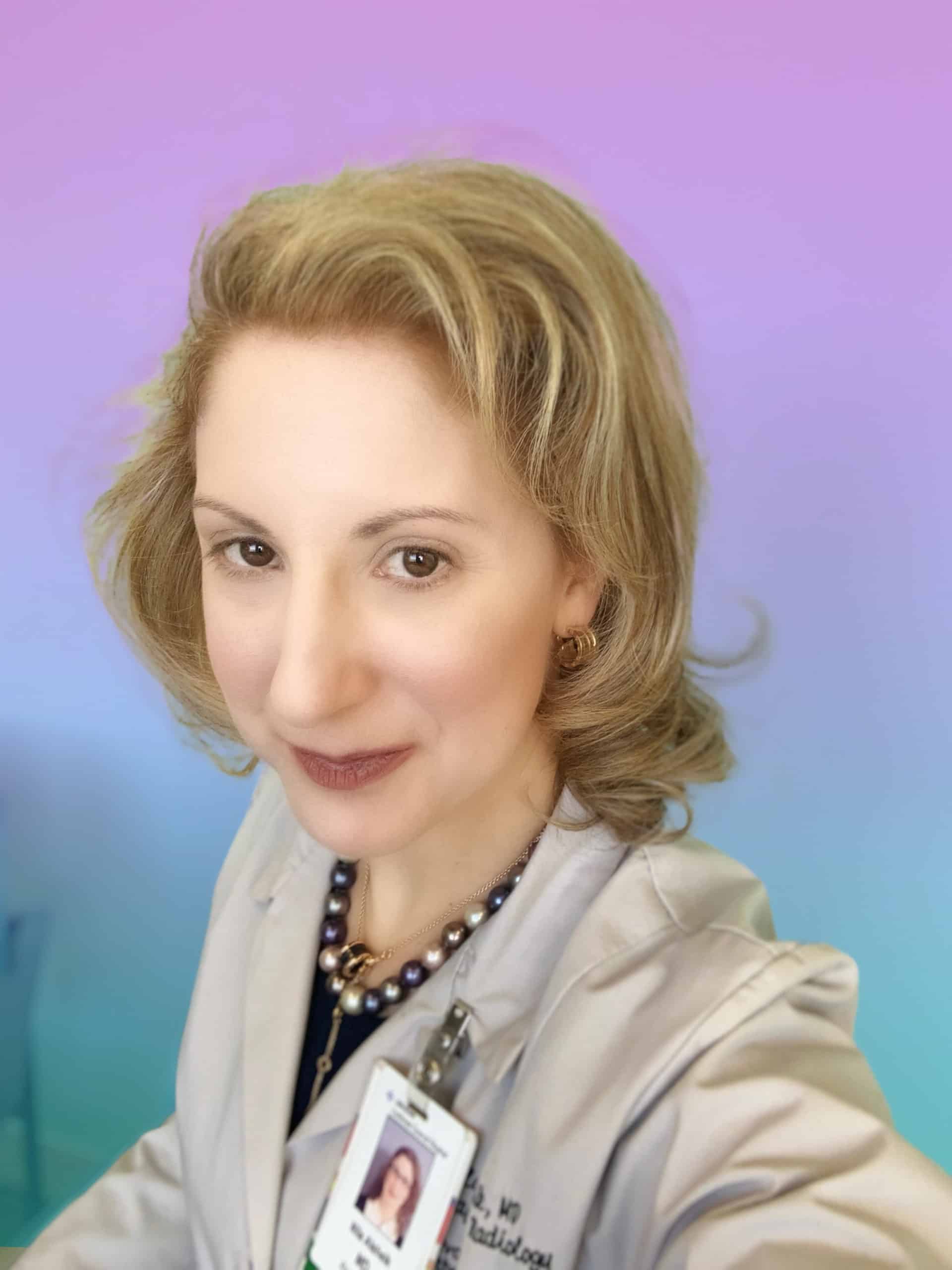
Nila H. Alsheik, MD
Nila H. Alsheik MD is currently the Chair of Breast Imaging Medical Directors at Advocate Aurora Health and the Radiology Director of the Breast Center at Advocate Lutheran General Hospital in Chicago.
“It is a privilege of a lifetime to be a medical advisor for the Learn Look Locate community, which seeks to empower and educate women worldwide with the knowledge and emotional support to make the best decisions for their health and future. Even in this day and age, there can be significant variations in cancer diagnostics and therapeutics, which can negatively impact one’s treatment course. Learn Look Locate seeks to bridge knowledge gaps to allow for patients and their families to advocate for the care most ideally suited for their unique conditions. I feel honored to walk alongside the tremendously courageous survivors and their loved ones in this community.”
-Nila H. Alsheik MD
Section Chief, Division Breast Imaging. Co-Medical Director, Advocate Caldwell Breast Center
Nila H. Alsheik MD is dual trained in Breast Imaging and Neuroradiology and has been in clinical practice for 10 years. Her clinical research is focused on the benefits of 3D mammography (Digital Breast Tomosynthesis), racial disparities in breast cancer screening/diagnosis, and the benefits of advanced technologies such as Breast MRI and Contrast Enhanced Digital Mammography in certain clinical populations.
Website: advocatehealth.com
Instagram: @nilaalsheikmd
Ask Dr. Alsheik
Q: If I have had my Covid-19 vaccine, should I still get a screening mammogram?
